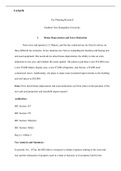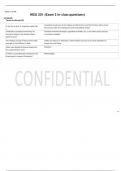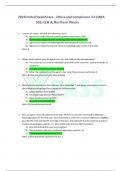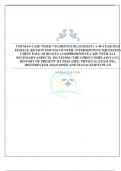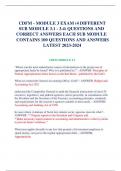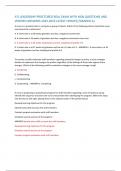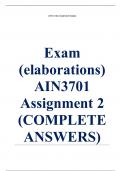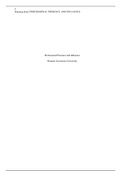Summary
Summary Tax 670 Final Project.docx TAX670 Tax Planning Research Southern New Hampshire University I. Bonus Depreciation and Extra Deduction Nora owns and operates C-C Bakery, and she has contacted our tax firm for advice on three different tax scenar
- Course
- Institution
Tax 670 Final P TAX670 Tax Planning Research Southern New Hampshire University I. Bonus Depreciation and Extra Deduction Nora owns and operates C-C Bakery, and she has contacted our tax firm for advice on three different tax scenarios. In tax situation one, Nora is expanding her busine...
[Show more]
